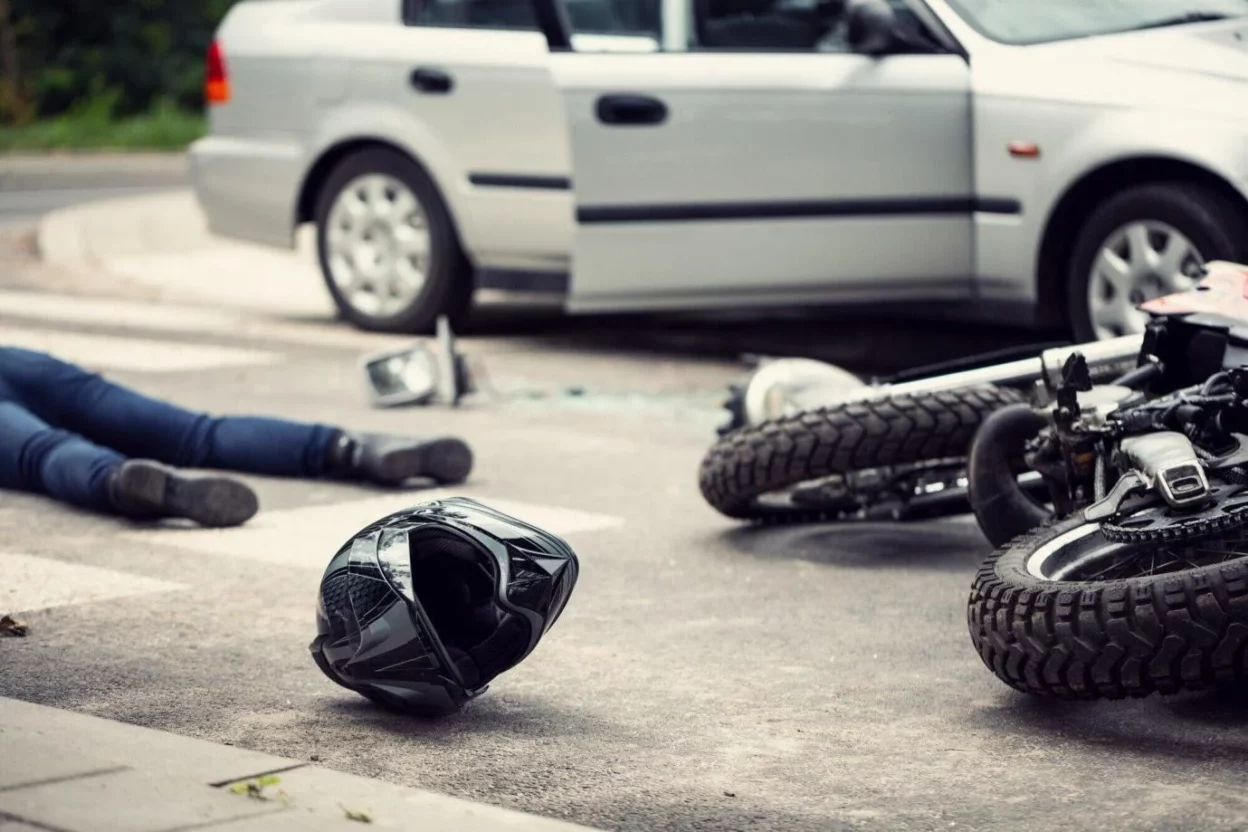Head-on accidents are some of the most dangerous crashes on the road. These happen when two vehicles hit each other front to front. The force is strong and often leads to serious injuries or even death. Understanding what causes these crashes can help drivers stay safe.
In this article, we will explain the top causes of head-on accidents and give simple tips to avoid them.
Distracted Driving
One of the main causes of head-on accidents is distracted driving. This happens when drivers take their eyes off the road. They may be texting, talking on the phone, eating, or using a GPS. Even a few seconds of distraction can cause a driver to cross the center line and crash into another car.
Stay focused on the road. Put your phone away. If you need to use your GPS, set it before you start driving. Avoid eating or doing anything else while behind the wheel.
Drunk or Drugged Driving
Driving under the influence of alcohol or drugs is very risky. These substances slow down your reaction time and affect your judgment. Many head-on crashes happen when drunk drivers go the wrong way on a road or highway.
Never drive if you have been drinking or using drugs. Use a taxi, rideshare, or call a friend or family member to drive you home.
Speeding and Reckless Driving
Speeding makes it harder to control a car and increases the damage in a crash. Reckless drivers often pass other cars in no-passing zones or take curves too fast. This behavior can lead to a head-on crash, especially on two-lane roads.
Always follow the speed limit. Be patient, and don’t try to pass unless it is safe and legal. Slow down when roads are wet, icy, or curvy.
Drowsy Driving
Driving while tired is more dangerous than many people think. A drowsy driver may fall asleep at the wheel or drift into another lane. This can cause a head-on crash in just seconds.
Get enough sleep before driving. If you feel sleepy, pull over and rest. Don’t drive for long hours without taking breaks.
Poor Road Conditions
Bad roads can also lead to head-on crashes. Potholes, faded lane markings, and narrow roads can confuse drivers. Poor lighting or missing signs may also make it hard to stay in the correct lane.
Drive slowly and carefully on bad roads. Watch for signs and lane markings. Use your headlights in low-light areas, even during the day.
Weather Conditions
Fog, rain, and snow reduce visibility and make roads slippery. Drivers may slide into the wrong lane or fail to see oncoming traffic. These conditions often play a role in head-on accidents.
Drive slowly in bad weather. Keep a safe distance from other cars. Turn on your headlights and use your wipers when needed.
How Do Head-On Collisions Happen?
Many people ask, how do head on collisions happen? Most of the time, it is due to one car crossing into the wrong lane. This may be caused by distractions, drunk driving, poor weather, or driver fatigue. These crashes usually happen on two-lane roads or highways without dividers.
Stay Safe and Alert
Head-on accidents are very dangerous but can often be prevented. Drivers should stay focused, avoid drinking or using drugs, and follow speed limits. Bad weather and poor roads also need extra care.
Knowing the risks helps you make safer choices. Stay alert, drive safely, and help protect yourself and others on the road.
If every driver does their part, roads can be safer for everyone.

Lexy Summer is a talented writer with a deep passion for the art of language and storytelling. With a background in editing and content creation, Lexy has honed her skills in crafting clear, engaging, and grammatically flawless writing.



